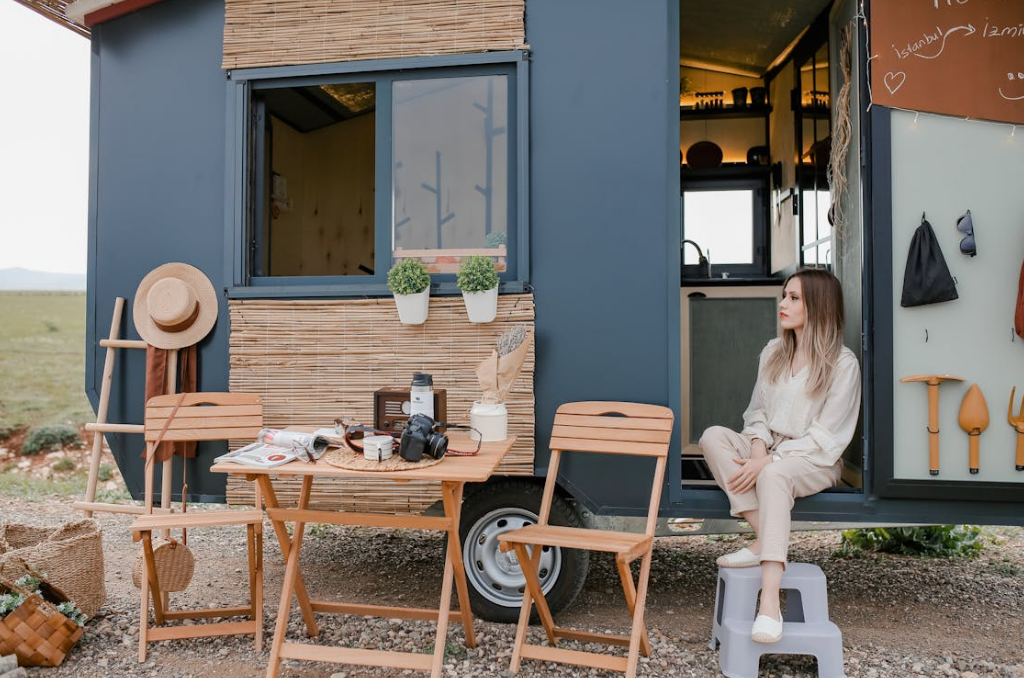Embarking on the RV lifestyle begins with a crucial decision: selecting the right vehicle. The market offers a dizzying array of options, each with distinct advantages and disadvantages tailored to different needs, budgets, and travel aspirations. Understanding the nuances of RV types is paramount to ensuring your chosen home on wheels perfectly aligns with your vision of freedom, flexibility, and comfort on the open road.
Motorhomes, often categorized into Class A, B, and C, are self-contained units that integrate the living space and driving cab. Class A motorhomes are the giants of the road, resembling buses, offering maximum comfort and luxury with extensive amenities. They’re ideal for long-term living or large families, but their size can limit access to certain areas and make maneuverability challenging. Class B motorhomes, or campervans, are built on van chassis, making them compact, fuel-efficient, and easy to drive and park. They sacrifice some living space and amenities for unparalleled flexibility and the ability to reach remote locations. Class C motorhomes strike a balance, built on a cutaway chassis with an attached RV body, offering more space than a Class B while being less imposing than a Class A. They are a popular choice for families seeking a balance of convenience and space.
Towable RVs, which require a separate towing vehicle, include travel trailers, fifth-wheel trailers, and pop-up campers. Travel trailers offer diverse sizes and floor plans, providing versatile options for various group sizes and budgets. They offer the flexibility of unhitching your living space at a campsite and using your vehicle for day trips. Fifth-wheel trailers are larger and attach to a special hitch in the bed of a pickup truck, offering superior stability while towing and often featuring spacious, multi-level interiors. They are a popular choice for extended stays and those prioritizing comfort. Pop-up campers are lightweight and collapsible, making them easy to tow and store. They provide a basic camping experience with a bit more comfort than a tent, ideal for weekend getaways and those new to RVing.
Beyond the type, consider key features. Layout and floor plan directly impact liveability – prioritize a design that supports your daily routines. Amenities like kitchen facilities, bathrooms (wet bath vs. dry bath), entertainment systems, and sleeping arrangements vary widely. Evaluate storage capacity, both inside the RV and in external compartments, as proper organization is crucial for life on the road. For off-grid adventures, look into solar panel systems, battery capacity, and freshwater tank size, enhancing your sustainability and unrestricted travel capabilities.
Ultimately, choosing the right RV is a deeply personal decision. It requires careful consideration of your travel style, budget, the number of people traveling, and your desired level of comfort and convenience. Researching different models, reading reviews, and even renting before buying can provide invaluable experience to ensure your first RV purchase truly unlocks the adventure you envision.



Leave a Reply